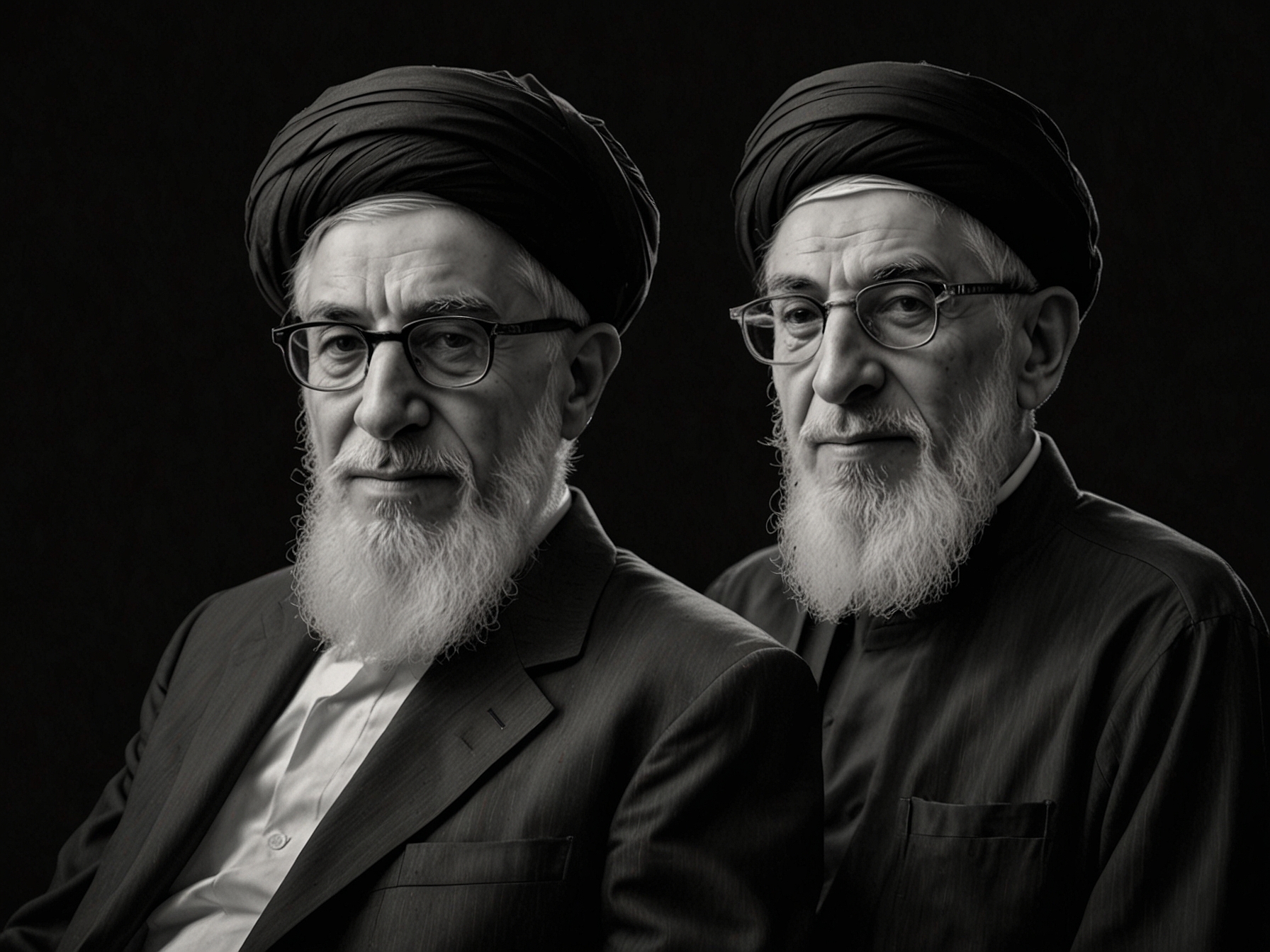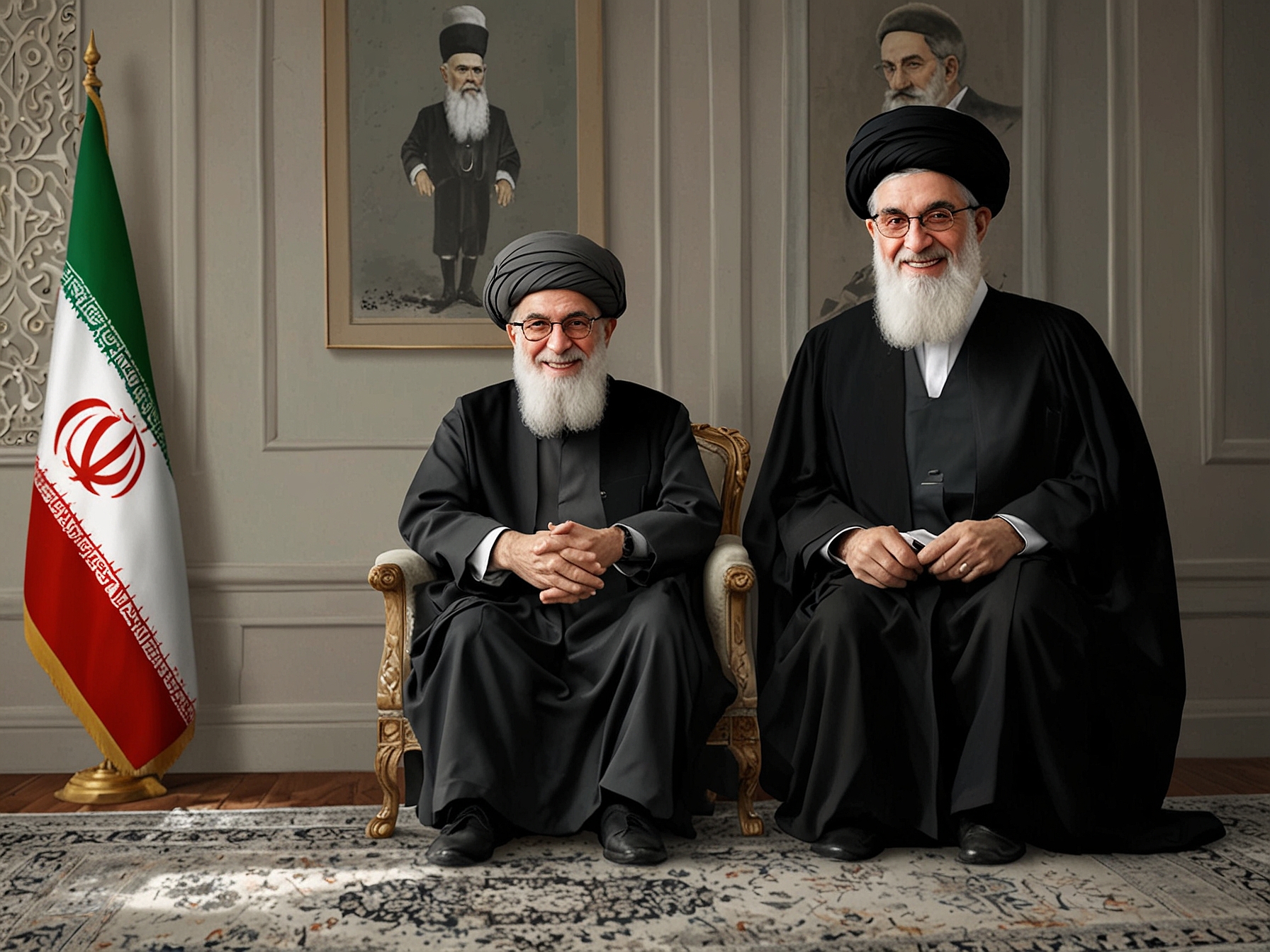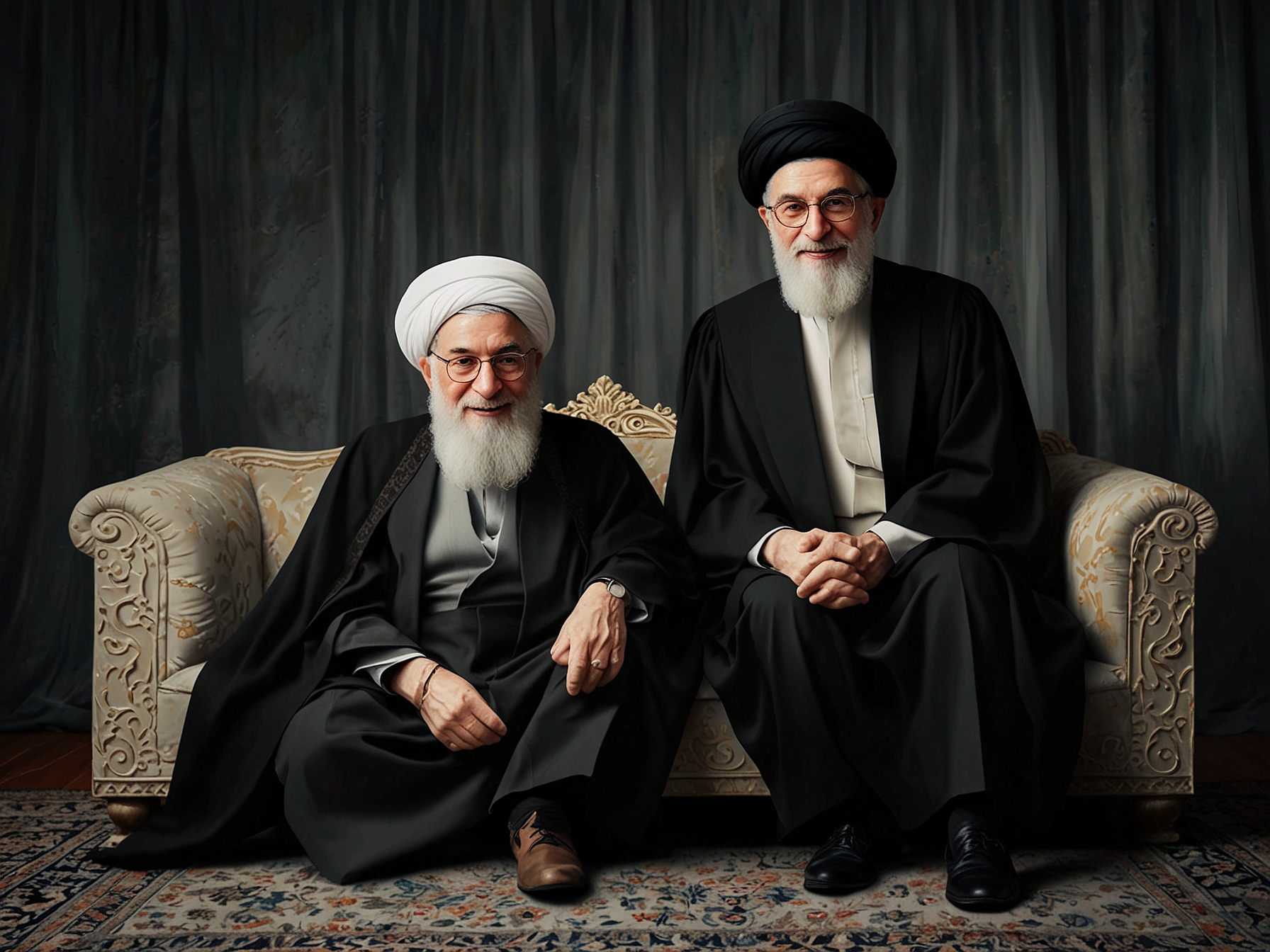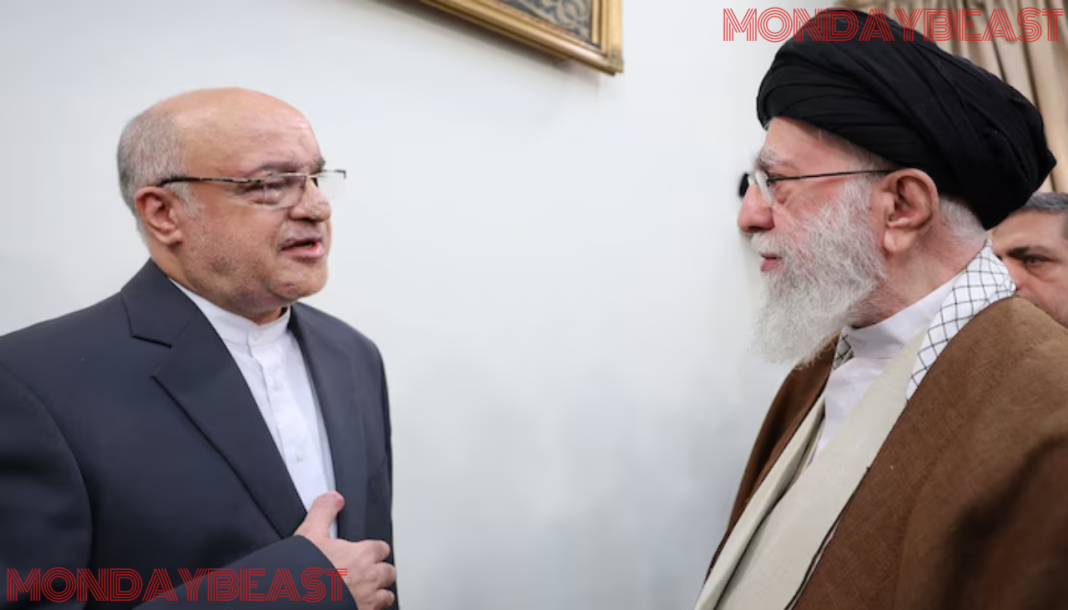Amid swirling rumors, a critical question hangs in the air. Is Iran’s Supreme Leader Ali Khamenei truly in a coma? Recent reports suggest he is, leading us to ponder the future of Iran’s leadership.
What does this mean for Iran and its role in global politics? With Khamenei reportedly ill, whispers of potential successors emerge. His son, Mojtaba Khamenei, reportedly nominated during a secret meeting, heightens the stakes.

On one hand, Khamenei’s health has been under scrutiny for months. The New York Times previously stated that he was ‘seriously ill.’ Yet, the Iranian leadership has maintained a public face of normalcy.
In a bizarre twist, Khamenei’s office released a photo. The image shows him engaging in conversation with Mojtaba Amani, Iran’s ambassador to Lebanon. This was posted on Khamenei’s social media account, sending mixed signals to the public.
While the photo seeks to assert Khamenei’s authority, it raises more questions than it answers. Is this a strategic move to quell concerns about leadership stability? Or perhaps a way to project strength amid uncertainty?

The ambassador recently endured a terrifying explosion linked to Hezbollah, a situation that further complicates Iran’s political landscape. Amani’s involvement adds yet another layer to this unfolding drama.
As Khamenei met with Amani, he reportedly received health updates. This conversation, if true, contradicts reports of his deteriorating condition. It suggests a leader still engaged in critical affairs.
The stakes are high. Khamenei’s recent sermon in Tehran outlined Iran’s fierce commitment to its military allies. Adorned with a gun, he declared Israel ‘won’t last long,’ reaffirming Iran’s position in ongoing conflicts with Israel, Hamas, and Hezbollah.

But let’s consider the implications of his health on Iran’s political climate. Should Khamenei pass, will Iran embrace a newer, more reformist agenda? Or will it continue down its established path of confrontation?
Mojtaba Khamenei’s potential rise also looms large. If he’s indeed his father’s chosen successor, what does that signify for Iran’s future? An expected continuance of hardline policies remains likely, but could we see glimpses of change?
Navigating Iran’s complex geopolitics demands careful consideration. As external pressures mount, the stability of leadership remains paramount. Iran’s neighbors watch closely, anticipating shifts in power dynamics.
It’s impossible to ignore the precarious balance of power in the region. Would a new leader usher in a more moderate approach or exacerbate tensions further? Questions linger.
In this complex web of politics, one truth stands firm: uncertainty breeds anxiety. Iranians and international observers alike are left guessing.
As the world perceives Khamenei’s status, a broader conversation about leadership transition ensues. The idea of change can be daunting. What would a leadership change mean for the people of Iran?
As we reflect on these developments, we wonder: What does the future hold for Iran? Will stability or chaos emerge from the shadows of illness?




